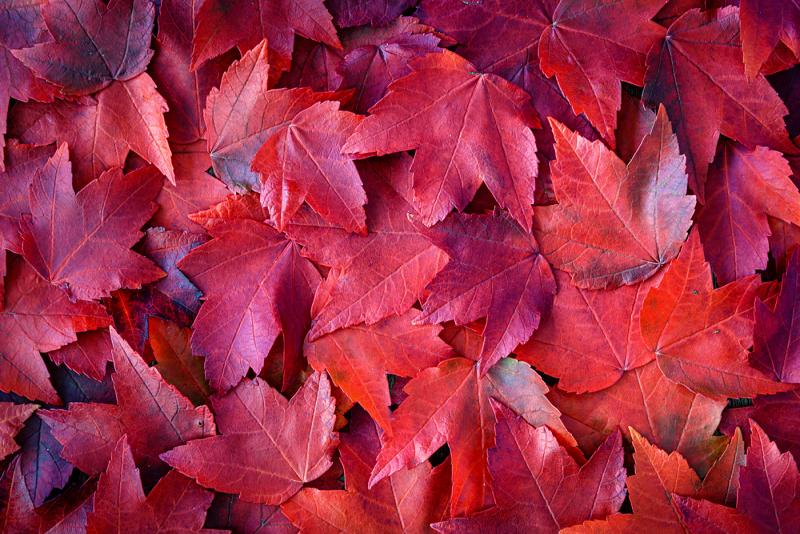No one can improve on nature. Or can we? The bittersweet autumn season, when things are beginning to fade, also brings us bold, colorful fall foliage, especially on the maple trees.
Wouldn't it be great if the vibrant-colored leaves appeared earlier, such as mid-August? In the 1800s, Charles Sprague Sargent, director of the Arnold Arboretum of Harvard University, noticed a prematurely coloring red maple growing in neighbor Barthold Schlesinger's garden.
The Schlesingeri red maple leaves start changing color in mid-August and peak in mid-September. They offer a stunning blend of bright red, purple, orange, and yellow that lasts for up to a month on the trees. In early spring, the red buds pop out before the leaves unfold. The lobed leaves emerge red, with toothed margins, then change to a darker green with lighter undersides. The familiar helicopter seed pods have two wings that help them drift on the wind.
This is a large tree that can eventually reach 75 feet tall. You may have to special order Schlesingeri red maple trees at local nurseries or tree sellers. Schlesingeri trees (Acer rubrum Schlesingeri) transplant easily, but they are not especially drought tolerant, so keep them well watered after planting.
You can tap red maple trees to make maple syrup. It takes about 40 gallons of sap to make just one gallon of syrup. At its peak, sap flows 200 drops per minute, or “two drops per heartbeat.”
Iroquois women peeled the bark of red maple trees, pounded and sifted it, and baked it into loaves of bread. Maple wood is a tonewood, meaning a wood that transmits sound waves well. It is widely used to make cellos, violins, violas and double basses. Because it has good dimensional stability, electric guitar necks are often made from maple wood. Many drums are constructed of maple. Maple wood is also used to make furniture, baseball bats, bowling pins, flooring and even butcher’s blocks.
If you must prune, save the branches with a wide angle from the trunk. Never let any branch grow larger than half the diameter of the trunk in order to prevent storm damage. As your Schlesingeri maple matures, you can cut the lower branches so there is a high enough canopy to allow you to walk under the tree. This tree is a medium-fast grower and can live for 90 years or more. It can even tolerate light urban pollution.
Plant Schlesingeri red maple in full sunlight. These are hardy trees and grow well in average to wet conditions. These magnificent shade trees are one of the few types that can handle some standing water. Although they grow in almost any soil, maples prefer acidic soils. If your soil is very alkaline, you may notice chlorosis or yellowing of the leaves. You can acidify the soil around maple trees by applying sulfur. Because sulfur is slow-acting, it is best applied to the soil the year before planting. Sulfur will stay in the soil for years, keeping it acidic.
For early fall color in the late-summer garden, plant a Schlesingeri red maple. Fallen branches will add flavor to any smoked barbecue, and you can always whip up some Iroquois red maple bark bread.

















































